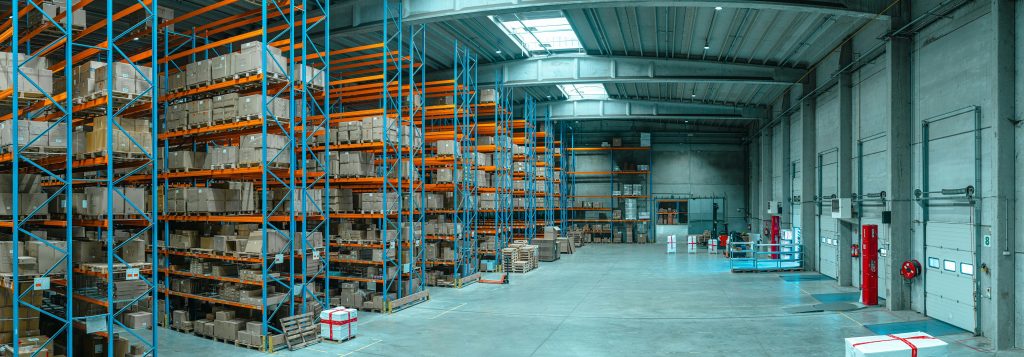
According to the 2020 Eurobarometer survey on European citizenships’ behaviour, 32% of the respondents, faced with the choice between repairing and replacing a non-functioning product, chose to repair it.
There is no doubt that the decision to repair is a virtuous choice and a fundamental practice in a circular economy.
To promote this type of behaviour European Union has introduced a series of rules aimed at protecting the “right to repair”.
A set of previsions that has a significant impact not only on the environment, but also on manufacturers of certain products, who are now required to ensure the availability of spare parts to their customers.
Additive manufacturing may be the perfect solution to the storage and transportation costs that manufacturers face to comply with the European regulatory standards.
What are spare parts and why are they so important?
“Spare parts” are the distinct parts that can replace a defective or damaged part of a product with the same or similar function. In accordance with the Directive 2009/125/CE of 21 October 2009, the Eutopean Union has adopted a series of Regulations aimed at creating an eco-friendly design system for energy-related products.
These regulations, which are directly effective within the Member States, have established the obligation for manufacturers of specific appliances, to ensure the availability of specific spare parts for a period ranging from 7 to 10 years for.
An example is provided by EU Regulation 2019/2023 of 19 October 2019, which sets out the rules on the eco-design of domestic washing machines and washer-dryers. Among the various provisions is the one concerning spare parts, located in Annex II, in the section dedicated to ‘Resource Efficiency Requirements.’
The first point of section 8 specifically establishes the obligation, starting from 1 March 2021, to ensure the availability of spare parts.

As an example, spare parts include motors and motor brushes, pumps, shock absorbers and springs, and plastic accessories such as detergent dispensers.
The same rules apply to other types of appliances, such as dishwashers (EU Regulation 2019/2022) and refrigerators (EU Regulation 2019/2019).
These measures were set out to encourage repair and to reduce waste. Repairing, instead of replacing, means slowing down the use of resources and the flow of material. This type of behaviour not only benefits the environment, but also 100% aligns with the provisions on right to repair set out in many EU strategic documents, such as the Green Deal.
How does the right to repair effect the appliance manufacturers?
The integration of the right to repair into the EU legislation has had a significant impact on all the manufacturers, importers, and authorized representatives to which the provisions are addressed.
In fact, to be compliant, companies must ensure the availability of spare parts at any time. This translates into high production, inventory, storage, and maintenance costs. In fact, millions of parts must be stored in huge warehouses for an average of 7 to 10 years.
Huge costs to which are also added the transportation costs and the long lead times associated to the fulfilment of the consumers’ requests. Warehouses are in fact, often located in remote corners of the world.
How does additive manufacturing help the Spare Parts Supply Chain?
Additive manufacturing has specific features that make it perfect for the supply of spare parts. Here are some of the potential associated benefits: resource savings; reduced inventory; more efficient service; reduced delivery times; improved supply chain performance; reduced carbon dioxide emissions.
In fact, by integrating 3D printers in the production of spare parts, an on-demand production system may be implemented, saving on raw materials and inventory, transportation, and storage costs.
Additive manufacturing allows the creation of spare parts when and where they are needed, avoiding their un-needed production and storage.

In this transition towards an on-demand spare parts supply chain, the quality of 3d printed spare parts created is crucial. In fact, their aesthetics and performance must equal those of traditionally manufactured pieces. This is why the post-processing treatment offered by automatic devices such as 3DFinisher plays a fundamental role.
In summary, the provisions of a right to repair are an important step towards a sustainable economy, but the transition to a more virtuous production management necessarily entails difficulties for economic operators.
Luckily, additive manufacturing technology offer a quick and effective solution to the significant costs arising from the management of spare parts.